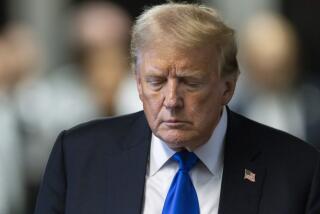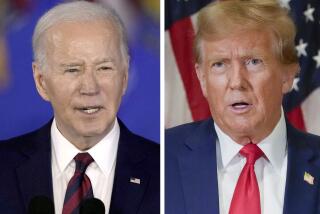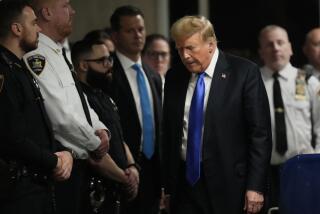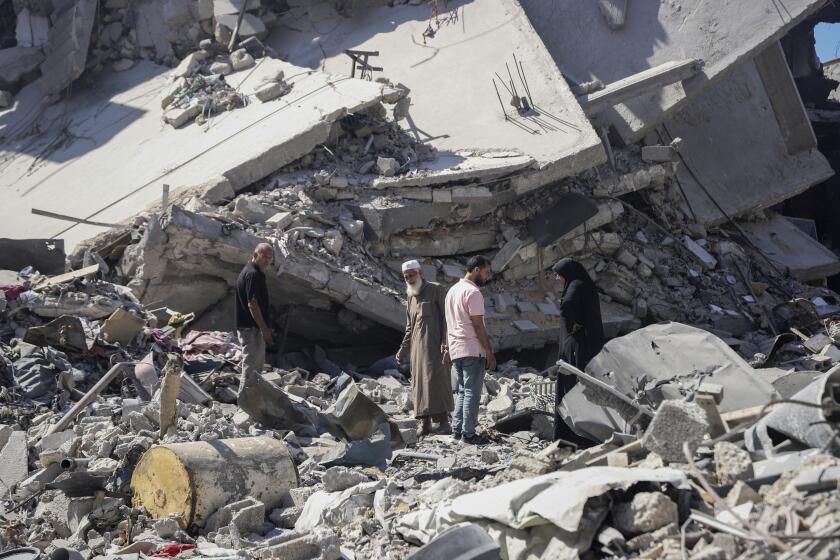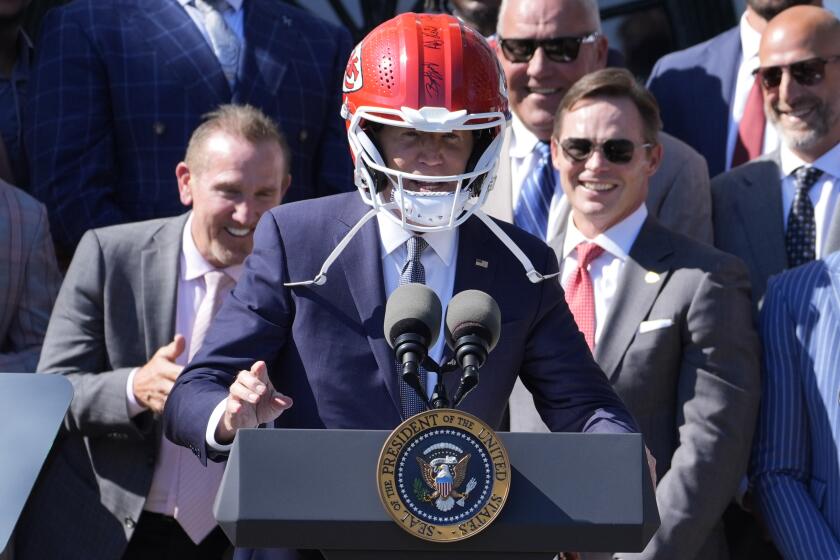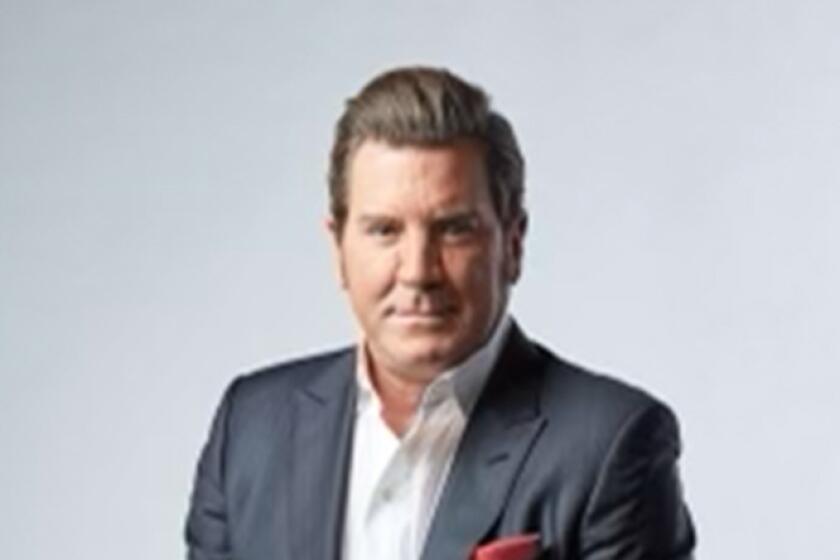DECISION ‘92: SPECIAL VOTER’S GUIDE TO THE PRESIDENTIAL ELECTION : Who Will Lead America Toward a New Era?
In the heat of battle, almost every presidential election looks like a potential watershed, at least to the candidates. It takes history a while to sort out the true turning points.
But as it flashes by in its final days, the belligerent, bruising and sometimes chaotic campaign of 1992 could be pointing toward a new era in American political life, no matter what the result on Nov. 3. If this campaign has seemed so tumultuous it may be because President Bush, Bill Clinton and Ross Perot are straddling a fault line in our history.
In his book “Our Country,” a history of the past 60 years of American politics, journalist Michael Barone identified the year 1947 as “a hinge in American history, a time in which the country changed quite markedly from one thing into another.”
John J. Pitney Jr., an assistant professor of government at Claremont-McKenna College, recently wrote that 1992 may be another hinge--closing the door on the era that began in 1947. Consider these examples Pitney raises:
In 1947, President Harry S. Truman launched the U.S. commitment to the Cold War with the Truman Doctrine and the Marshall Plan; 1992 marks the first election of the post-Cold War era.
In 1947, the share of the population living in central cities peaked; 1992 marks the first election where a majority of the votes will be cast in the suburbs.
In 1947 Japan, still in ashes, adopted its new constitution under the paternal eye of the occupying U.S force; to many, President Bush’s troubled trade mission to Tokyo in 1992 symbolized a reversal of fortune in the two nations’ affairs.
One last example not among those cited by Pitney: 1947 marked the beginning of an explosive growth in living standards that saw the inflation-adjusted median family income double through 1973. The 1992 campaign may be remembered as the first presidential race significantly colored by the stagnation in living standards since that boom. After two consecutive years of decline, the median family income, adjusted for inflation, is now slightly lower than it was in 1973.
For all the paeans to Truman on the campaign trail this year, the differences between his time and our own are far greater than the similarities. But Pitney argues that America in these first months after the Cold War shares a common impulse with the nation in those first years after World War II: a sense of “voter restlessness, a feeling of suddenly obsolescent government not up to the challenge of the times.”
Indeed, for all the squalls that have blown through this campaign, the one constant current has been the electorate’s profound anxiety about the nation’s ability to revive its economy and mend its social divisions. In this first election after the Cold War, Americans seem deeply uncertain about their nation’s ability to hold its own in an international competition whose currency is economic, not military, strength.
In a Gallup survey completed last month for CNN and the Knight Ridder newspaper chain, nearly four in five Americans said they thought the nation was in economic decline; almost two-thirds described the nation as facing a “moral and spiritual decline.” Two-thirds of those polled said they feared the next generation would not be able to live as well as their parents.
Adding to the anxiety is the sense that Washington is not coping with these challenges. Cynicism about politicians and the gridlock in Washington has reached the point where Perot could attract a substantial political following largely on the grounds that he is not a politician. In that Gallup Poll, just 28% of those surveyed expressed confidence that government could address effectively the problems it tries to solve; just one in five said they were satisfied with the political process itself.
At times this year, the political process has justified all that derision--and more. At points the campaign has been petty, mean-spirited, misleading and demagogic. But it has been more than that. Bush, Clinton and Perot have produced a wide-ranging and, at times, even searching debate about the nation’s direction, the role of government, America’s place in the world and how to invigorate the economy.
This special section: The Times offers this as a guide to voters seeking to sort through the competitors’ claims and counterclaims. The section tries to evaluate the experiences, ideas and records of the three major candidates. It includes a comparison of their views on the issues, their biographies, a representative example of their stump speeches and a look at their vice presidential nominees: Vice President Dan Quayle, Democratic Sen. Al Gore and James B. Stockdale, Perot’s running mate.
Although their day-to-day combat on the campaign trail sometimes obscures more than it clarifies, Bush, Clinton and Perot offer distinctive paths for the nation in the next four years. What follows is a road map to their thinking.
More to Read
More to Read
More to Read
Get the L.A. Times Politics newsletter
Deeply reported insights into legislation, politics and policy from Sacramento, Washington and beyond. In your inbox three times per week.
You may occasionally receive promotional content from the Los Angeles Times.
